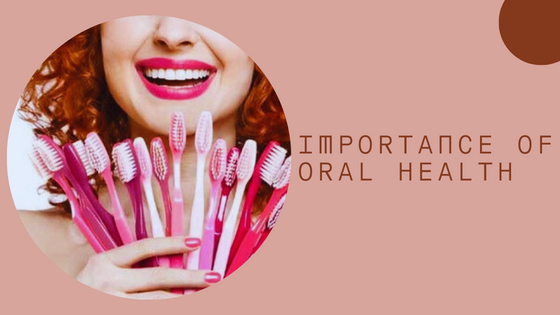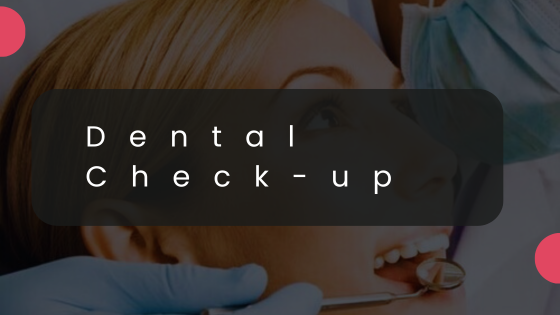Making the right choice of a dentist is fundamental to your oral health. It’s a decision that goes beyond the aspect of attaining a sparkling smile. In fact, the state of your dental health has a profound impact on your overall well-being. A healthy mouth can thwart off medical disorders such as heart diseases and diabetes. Thus it becomes inherently necessary to prioritize finding the right dentist who can look into your dental health most effectively. But how do you go about this?
Understanding Your Dental Health Benefits
Your choice of dentist may be limited by your dental health plan. For example, dental HMOs restrict you to using a dentist who is part of the HMO network. If you have a PPO plan, visiting a network dentist can make a difference in your copayment levels. You might need to compare your dental benefits options and select a dentist accordingly.
Ask for Recommendations
Asking for referrals is a smart way to begin looking for the right dentist. You might want to start by asking your family doctor or local pharmacist. Friends, family members, and co-workers are also credible sources of recommendations. Enquire from them about the professional’s technical competence, mannerism, office culture, and appointment availability.
Location and Office Hours
Consider a dental office which is convenient for you in terms of location. Is it accessible from your workplace or home? It’s also essential to examine the office hours. Does the dentist provide services at times you could easily schedule appointments?
Seek for a Consultation
Once you’ve shortlisted potential dental professionals, schedule a consultation. During this initial visit, ask any questions you have and get a feel for your rapport with the dentist. Gauge their professional competence, the suitability of the office environment, and the demeanour of the staff. Do you feel comfortable and genuinely cared for, or are you just part of the day’s work?

Evaluate Professional Qualifications
An outstanding dentist needs to have the right credentials to back up their service. Inquire about the dentists’ training, whether they are members of professional dental associations and if they keep up with the latest research and developments in dental care.
Evaluate Communication Style
Your dentist should be someone who can communicate effectively with you. They should be able to explain technical information in an easy to understand format and should listen to your concerns and goals. If it is difficult to communicate or if they disregard your concerns, that could be a red flag.
Emergency Care
Evaluate how the prospective dentist handles emergencies. Are emergency appointments available, or is there an on-call service in case you require urgent attention outside regular office hours?
Fees and Payment Plans
Transparent discussion about treatment cost is necessary. Does the dentist make a prior estimate available to patients? Is there a provision for flexible payment plans, particularly for treatments not covered by insurance? It is wise to understand what provisions are in place for financial communications before making your final decision.
Dental Technology
Dental technology continually advances and improves patient treatment. The right dentist will embrace this technology for the interest of their patients. Look for practices with digital X-rays, oral cancer screenings and cone-beam computed tomography (CBCT) systems.
Conclusion
Choosing the right dentist involves considering several factors, from location and office hours to emergency care and fees. It is a decision where accurate and detailed information is key. When in doubt, consult more, ask more and observe more! You might need a thoughtful blend of advice from trusted individuals and first-hand observations to make an informed decision. Remember, your comfort, along with their qualifications and services, are essential and should not be overlooked. Good luck finding the right dentist for your dental health needs!














